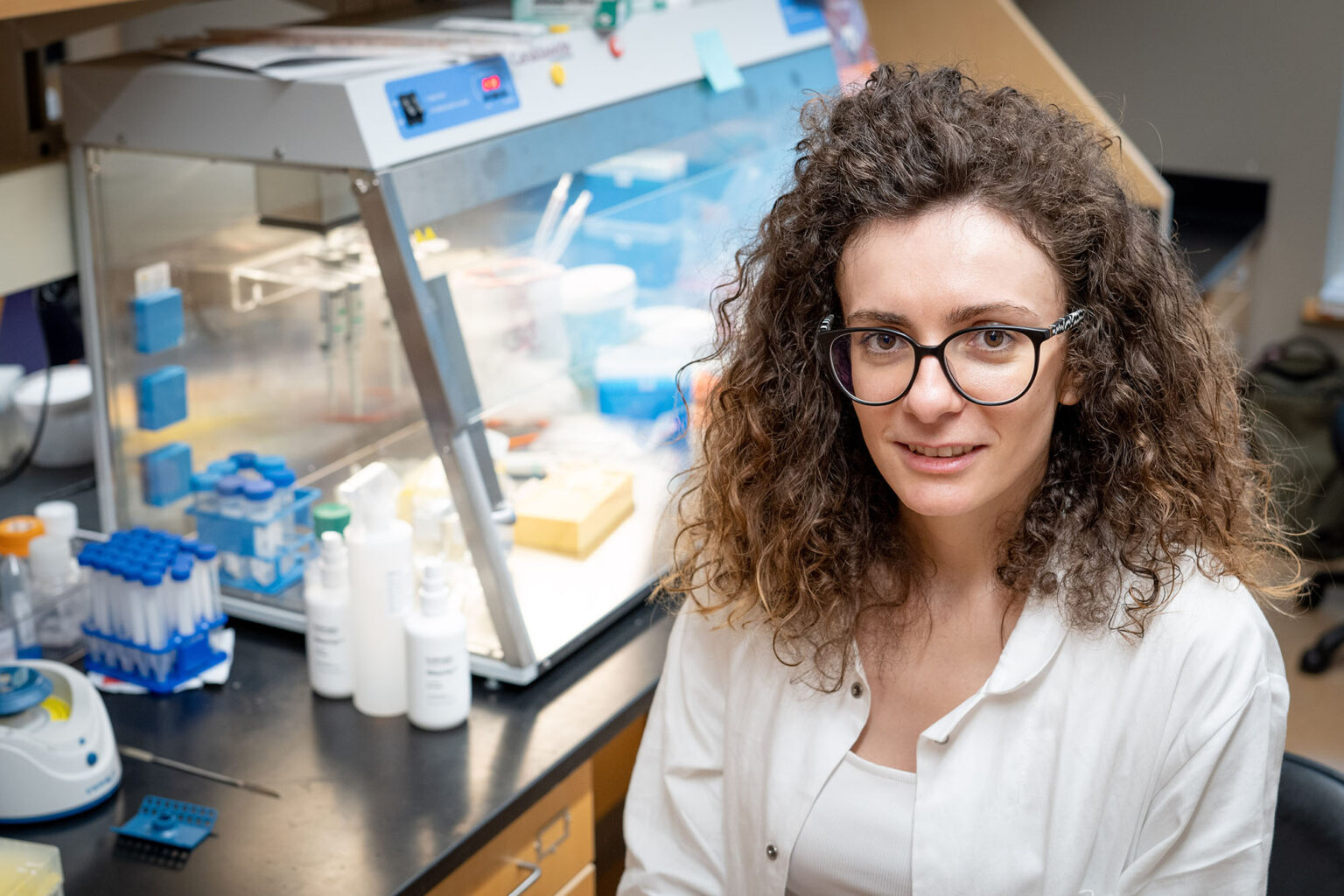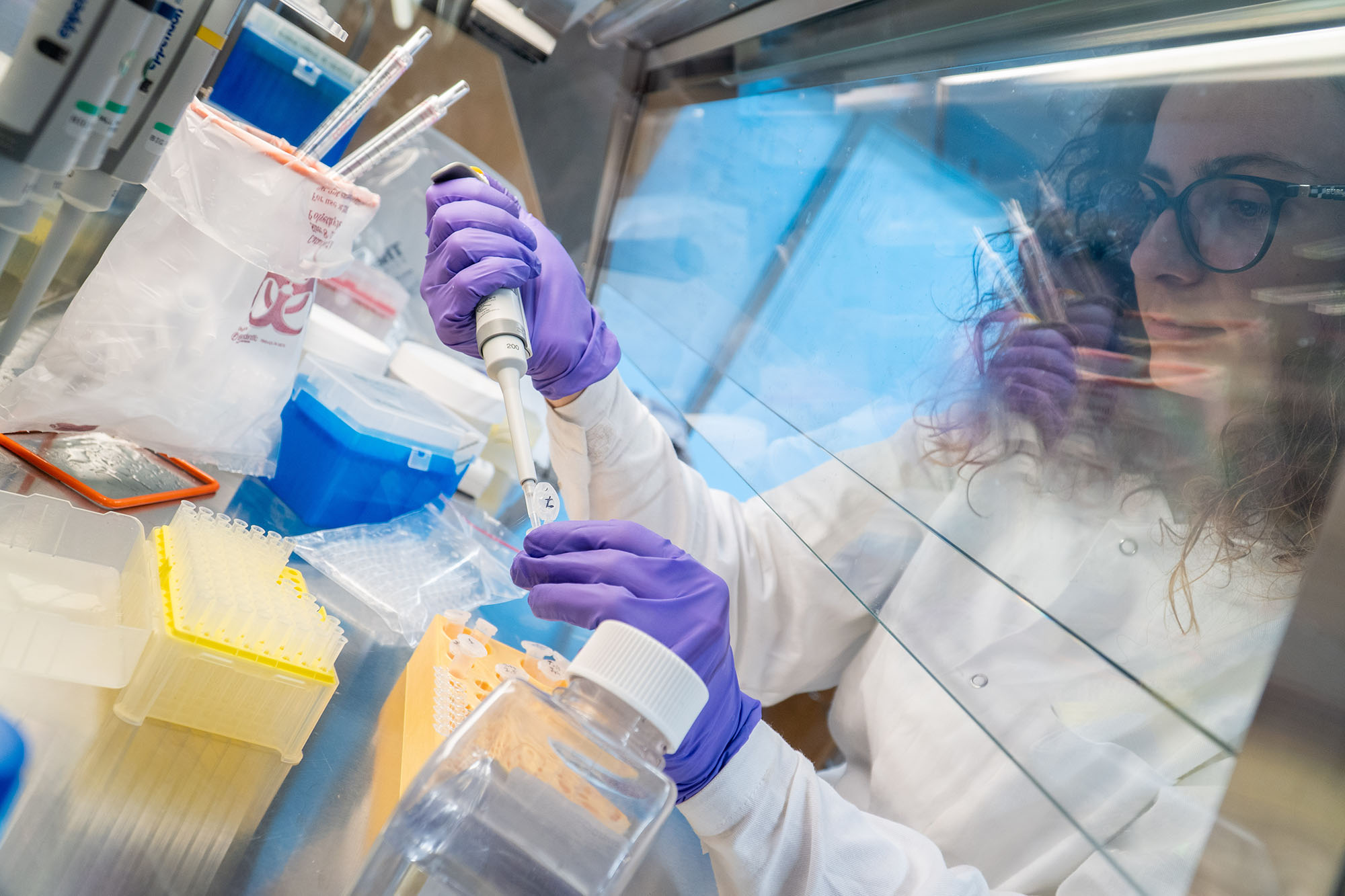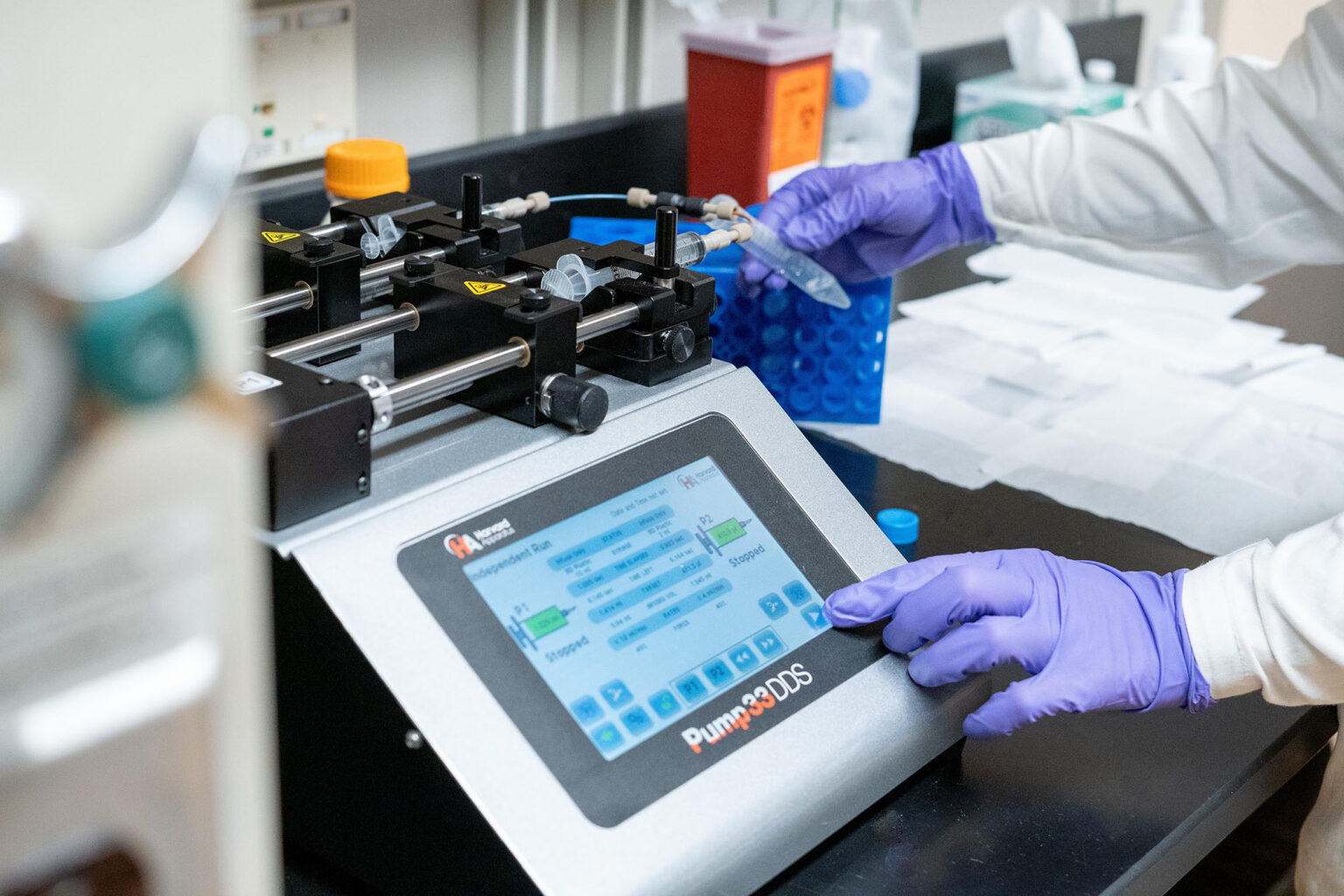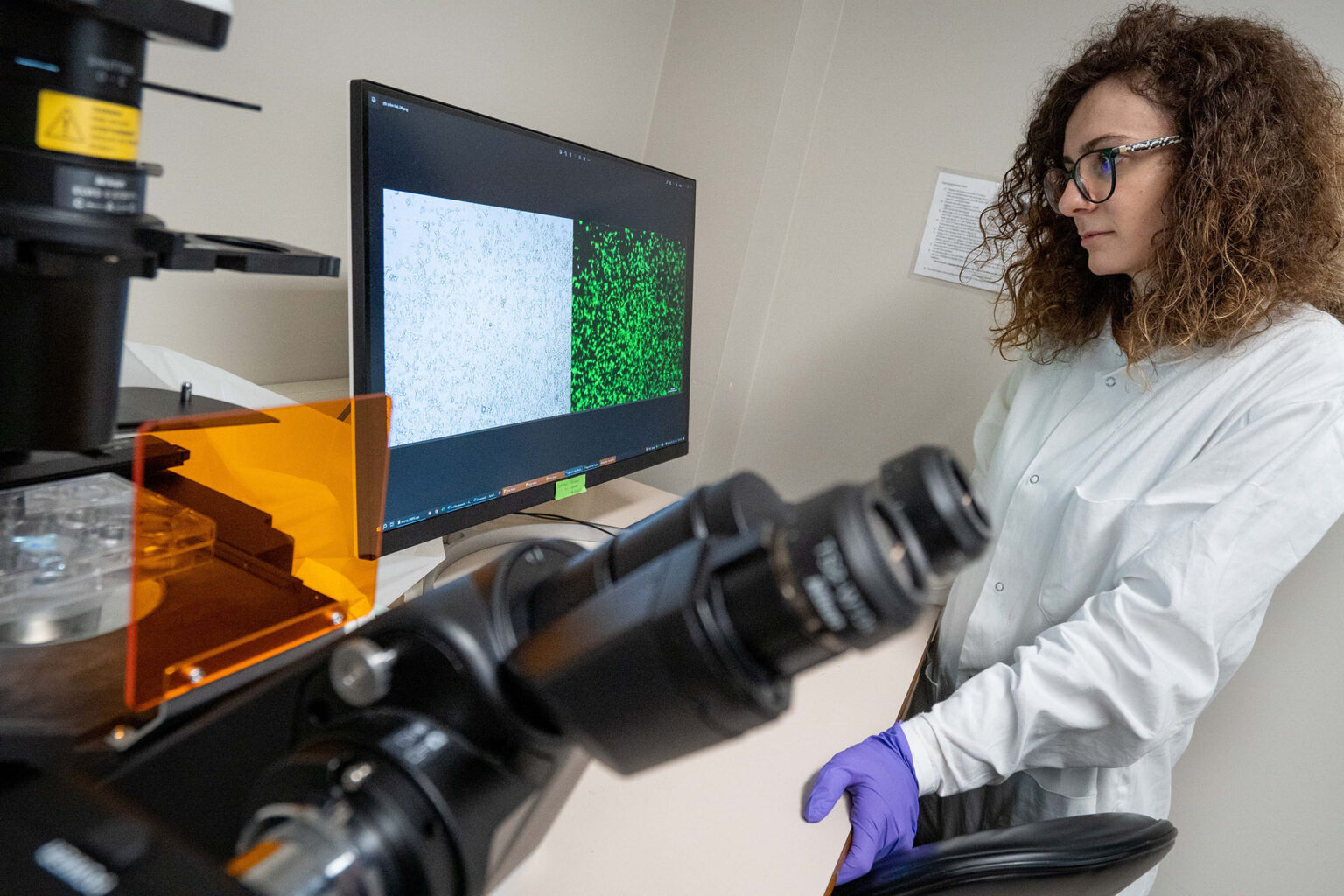Newsroom
The Science Behind Sexual Health: Research from the Blakney lab
World Sexual Health Day is a national day that raises awareness, reduces stigma, and improves access to essential sexual health resources. This year’s theme is “Consent” – a crucial and fundamental element of any healthy sexual encounter.
To acknowledge this day, researchers from the Faculty of Science are sharing their scientific research in relation to sexual health, how scientific knowledge plays an important role in increasing informed consent, and how consent is honoured in collecting research.

PhD candidate Petya Popova – Blakney lab
In this Q&A from Dr. Anna Blakney’s lab at the Michael Smith Laboratories and School of Biomedical Engineering, PhD Candidate Petya Popova shares her research on refining lipid nanoparticle formulations to improve the immune response to RNA vaccines for the sexually transmitted infection Chlamydia.
Outline your research project:
Our research aims to explore the differences between mRNA (messenger RNA) and saRNA (self-amplifying RNA) vaccines and how to design lipid nanoparticle (LNP) formulations to improve the immune response to RNA. I am focused on cellular and humoral immunity. Cellular immunity involves immune cells that attack and destroy infected or abnormal cells. Humoral immunity, or antibody-mediated immunity involves antibodies to neutralize harmful pathogens. As a model system, I am working with vaccines against Chlamydia (a sexually transmitted infection affecting both men and women), which would allow me to explore the protective capacity of both mRNA and saRNA against bacterial infections.
What do you hope to achieve with this research in the future?
This year, different labs around the world showed promising results for the application of RNA vaccines against bacteria in vivo. Based on these studies I am hoping to modulate the antigens that we are testing and see if we can induce immune responses with both mRNA and saRNA vaccines against Chlamydia.

Synthesizing RNA: preparing saRNA and mRNA in vitro transcription reactions in an RNA hood
What inspired you to research RNA vaccines for bacterial infections?
Bacterial resistance is an emerging problem worldwide – in 2019 alone – there were 4.95 million deaths associated with antimicrobial resistance. I am excited to see if RNA-LNP technology can be utilized in that area – for the development of vaccines against bacterial infections.
How is your research connected to sexual wellbeing?
Chlamydia infections are on the rise in Canada. Unfortunately, in some cases they could lead to pelvic inflammatory disease in women as well as infertility. Some studies even indicate that there is a connection between the development of spondyloarthritis (a group of diseases characterized by inflammation in the spine and joints) in patients with a genetic risk factor for arthritis who have previously contracted a Chlamydia infection. A vaccine against Chlamydia is especially needed to protect sexually active young people.

Making saRNA and mRNA lipid nanoparticles with Harvard Apparatus mixer
What challenges do you face working within sexual health research?
There are different types of cellular immune responses, and we are striving to induce a specific type of cellular response against intracellular bacteria like Chlamydia. Intracellular bacteria are more complex and there is variability between Chlamydia strains that can hinder vaccine development. Bacteria make proteins that have different sugar coatings than mammalian cells do. This is a challenge within the RNA vaccine field, since we’re trying to use human cells to make the right protein to train the immune system. An effective vaccine needs to express chlamydial antigens in their correct form in vivo. Antigens are molecules that the immune system recognizes as foreign, and they trigger an immune response. In the context of Chlamydia or any other pathogen, presenting antigens in their native conformation is vital for immune system recognition and memory formation. My supervising faculty, Dr. Blakney, is collaborating Dr. Brunham’s lab at the BC Centre for Disease Control (BCCDC) along with Pfizer to develop a Chlamydia vaccine. I am hopeful that soon we will see positive results.
How does your work help de-stigmatize the importance of sexual health and research?
It is great that everyone can be protected against Human papilloma virus (HPV) by getting the available HPV vaccine, but vaccines against other sexually transmitted diseases like chlamydia, gonorrhea, herpes simplex virus (HSV) and human immunodeficiency virus (HIV) are still being investigated. I hope that having more researchers working within these areas will not only reduce the stigma related to STIs (sexually transmitted infections), but also drive the development of more effective treatment options.

Following reporter protein expression of saRNA and mRNA in cells through fluorescent microscopy
“Consent” is the theme for this year’s World Sexual Health Day. How might “consent” play a role in your research activities or the delivery of health care as a result of these activities?
There is an increased chance of contracting Chlamydia from an infected partner. Moreover, Chlamydia infection can be contracted multiple times. Therefore, consent, protection and clinical testing are very important aspects of infection prevention. A Chlamydia vaccine would empower patients to take their sexual health, and potentially fertility, into their own hands.
Our research involves preclinical testing. In more advanced stages of translational medicine, consent is the ethical foundation of healthcare activities. It includes not only clear documentation and informed choice, but also effective communication, and a commitment to respecting participants’ decisions throughout their involvement in research or healthcare procedures.
Quick links:
- Read more about the sexual health research going on at UBC’s Faculty of Science
- Learn more about the Blakney Lab
- Learn more about World Sexual Health Day